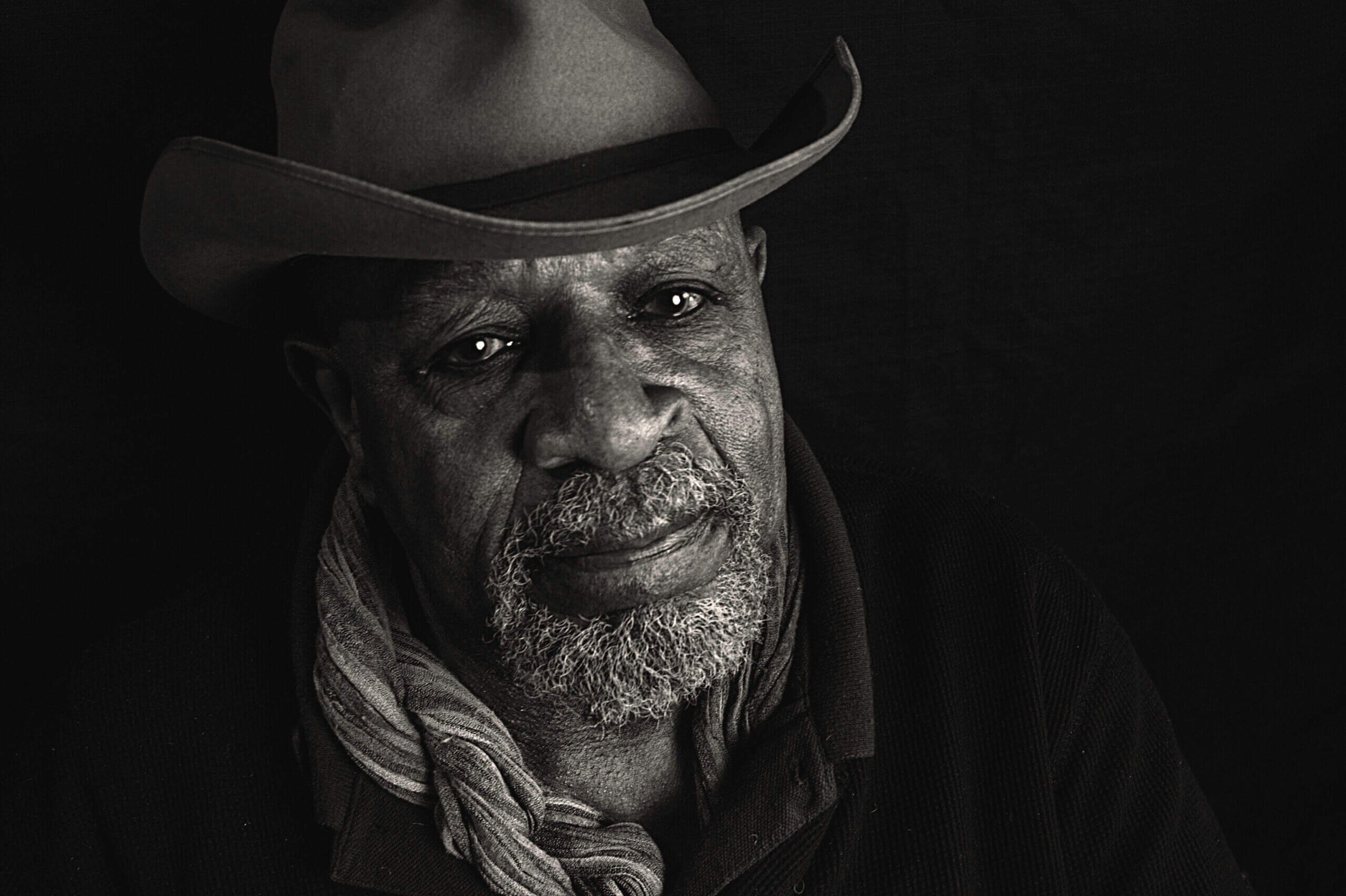In an era marked by a tumultuous struggle for racial equality and social justice, the Bahá’í teachings on Race Amity proffer a transformative lens through which unity can be fostered within communities. Central to this doctrine are the principled beliefs in the oneness of humanity and the necessity for collective action. This article elucidates the significant tenets of Bahá’í teachings concerning Race Amity, delineating practical pathways for individuals to contribute to the overarching goal of community unity.
First and foremost, understanding the Bahá’í perspective regarding race requires a profound acknowledgment of the intrinsic oneness of humanity. The Bahá’í writings assert that humanity is like a single organism, where the prosperity of one is inextricably linked to the well-being of all. This notion implores individuals to transcend racial and ethnic divisions, advocating a framework where diversity is not merely tolerated but celebrated as a vital component of the human experience. The Bahá’í principle of unity in diversity serves as a powerful premise for promoting Race Amity, urging individuals to embrace differences as strengths rather than barriers.
To operationalize the tenets of Race Amity, one can commence by fostering environments conducive to open dialogue and mutual understanding. This first step is pivotal in transcending prejudices and dismantling stereotypes that often underpin racial discord. Organizing community discussions or forums that invite diverse voices can yield rich, transformative dialogues. Such gatherings should prioritize creating safe spaces where individuals can share their personal narratives and experiences, thereby fostering empathy and compassion among participants. The Bahá’í teachings advocate for the transformative power of conversation, emphasizing that through listening and understanding, individuals can dismantle the walls of misunderstanding and prejudice.
In tandem with promoting dialogue, engagement in educational initiatives plays a crucial role in advancing Race Amity. Education serves as a catalyst for enlightenment and understanding, equipping community members with knowledge about the rich tapestry of cultures and histories that coexist within a society. Schools, community centers, and places of worship can serve as venues for multicultural programs that not only highlight various traditions but also address the historical contexts that perpetuate racial discord. These educational endeavors must prioritize inclusion and collective exploration, encouraging participants to delve into topics of race, privilege, and systemic inequality.
Furthermore, the Bahá’í principle of service to humanity provides a robust framework for direct action. The act of serving others cultivates a spirit of empathy and solidarity. Community members can engage in volunteer opportunities that address the disparities afflicting marginalized populations. This may encompass initiatives aimed at providing educational resources, mentoring youth from diverse backgrounds, or collaborating with local organizations that champion social justice. Such endeavors not only foster community unity but also echo the Bahá’í call to action, asserting that service to others is a divine mandate.
Moreover, the cultivation of lasting relationships across racial lines is essential for engendering true amity. Building friendships that span racial divides paves the way for deeper understanding and collaboration. Individuals are encouraged to reach out to neighbors, engage in community service together, and participate in culturally diverse events. These personal connections are not simplistic gestures; they are seminal interactions that dismantle barriers and engender genuine relationships based on mutual respect and understanding. The Bahá’í teachings emphasize the importance of hearts and minds united in a collective pursuit of justice.
The deployment of Art as a vehicle for promoting Race Amity presents another compelling avenue. Artistic expressions often transcend language and cultural barriers, providing a unique medium through which shared experiences and emotions can be conveyed. Artists can curate exhibitions, performances, and public art installations that reflect themes of unity and diversity, prompting contemplation and dialogue regarding race relations. Collaborations among artists from diverse backgrounds can serve to amplify collective narratives, fostering a sense of shared identity in a beautifully diverse tapestry.
Moreover, leveraging digital platforms enables a wider outreach to inspire and catalyze action within communities. Social media campaigns, online forums, and blogs dedicated to discussions of Race Amity may facilitate expansive dialogues that invigorate individuals to reflect on their role in promoting unity. Harnessing the power of technology not only broadens the audience but also fosters interconnectivity, enabling a cross-pollination of ideas and experiences that can enrich local context with global perspectives.
To perpetuate the ethos of Race Amity, it is imperative to channel sustained commitment and resolve. As individuals engage in this profound endeavor, personal reflections and commitments to ongoing learning and growth become indispensable. Each person plays a pivotal role in the broader tapestry of uplifting humanity. Recognizing that the journey toward unity is ongoing and requires resilience is essential. The Bahá’í teachings stress that individual efforts, however small, can effectuate substantial change when aligned with collective purpose.
In conclusion, working towards Race Amity within one’s community is both an opportunity and a responsibility rooted in the Bahá’í commitment to the oneness of humanity. By promoting open dialogue, engaging in educational initiatives, serving others, cultivating relationships, utilizing art, and leveraging digital platforms, individuals can contribute meaningfully to the cultivation of unity in diversity. The promise of a harmonious society, steeped in mutual understanding and respect, is attainable through the diligent application of these principles. As communities rally together in this pursuit, the vision of a united humanity can transition from mere aspiration to tangible reality.
